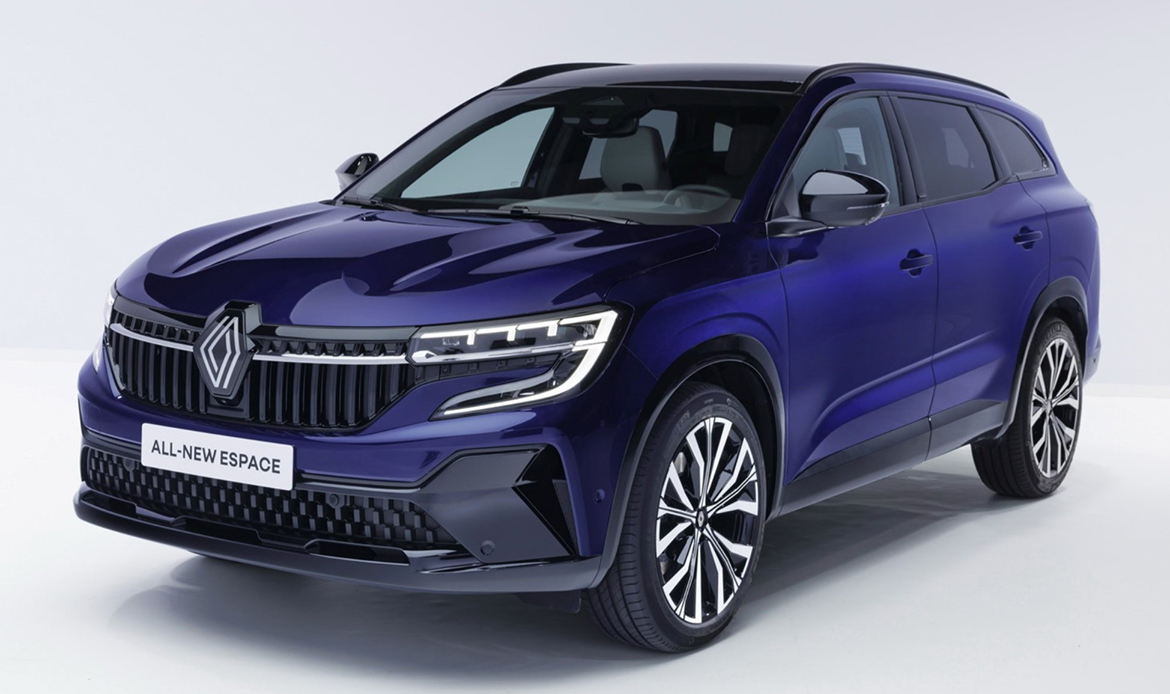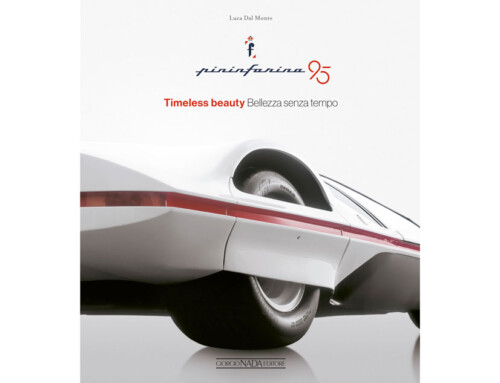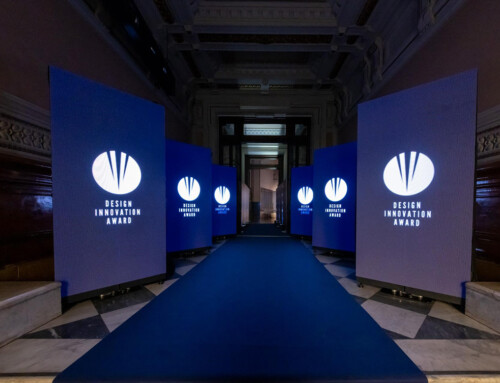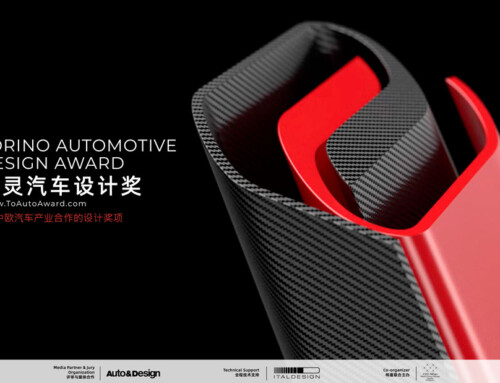In 1983, Renault unveiled what can be considered the first ‘voiture à vivre’: Renault Espace. Within five generations, the model has become a true automotive icon. The new Espace has been transformed into a five or seven-seater SUV, created to reinforce the French manufacturer’s offensive in the C and D segments. With its vertical grille, sculpted bonnet, sloping roofline and rear wing, the Espace has an athletic design enhanced by three different styles, depending on the chosen trim: Techno, Iconic or Esprit Alpine.
We drove the car on the roads of Portugal in a hybrid version, recording a certain dynamism, thanks also to the four-wheel steering, and particularly efficient fuel consumption. First revolutionary and then visionary, the Espace, whose new generation was designed by the team led by Gilles Vidal, has always evolved with the times. The choice of new materials and good assembly quality highlight the interior. Among the highlights is the large panoramic glass roof measuring over one square metre.
Inside, the cabin has adopted the large OpenR screen for managing the infotainment system, as on the Mégane E-Tech and Austral. The exterior dimensions are more compact (it is 4.72 metres long, i.e. 14 cm less than the previous generation), as is the weight reduced by 215 kg compared to the previous model. The new Espace is only available as a hybrid with a 200 horsepower E-Tech Full Hybrid engine. The model has a full complement of driver assistance devices (there are 32).












